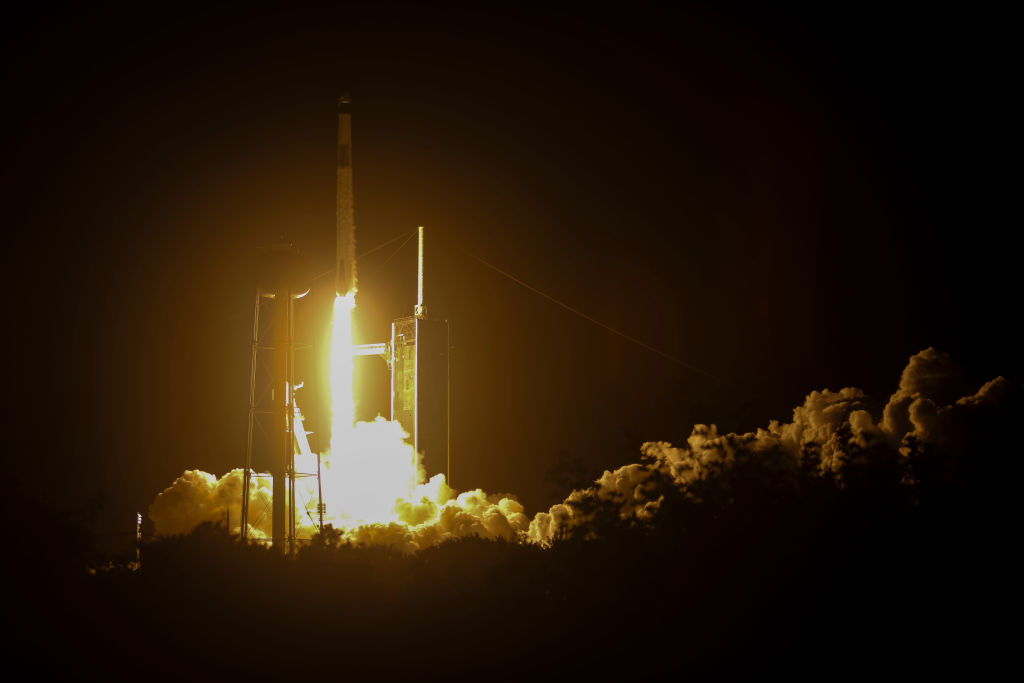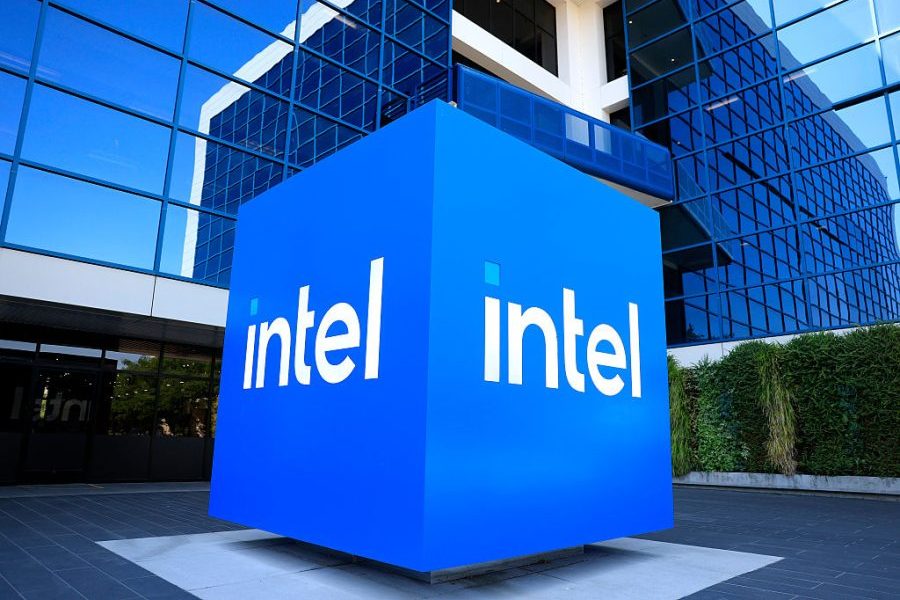The recent spate of articles about attempts by different countries to land vehicles on the Moon make it clear that a new space race is on. Just last month, Russia launched its first mission there in forty-seven years. And although the automated Luna-25 spacecraft spun out of control and crashed at the last minute, India’s heavily-instrumented Chandrayaan-3 landed successfully just four days later. NASA itself aims to return humans to the lunar surface in 2025 with its Artemis program.
Remarkably, more than eighty countries, including Israel and the United Arab Emirates, have thus far established some kind of presence in space. And while US commercial satellite activity still drives most of the estimated half-trillion spent annually on off-world projects, the Space Foundation expects other countries to invest far more heavily over the next decade, especially on getting to the Moon.
So, what exactly are all these nations after, other than the prestige of being seen as technologically advanced? In the 1960s the US and Russia competed fiercely to land the first humans on the Moon, only to stop once a few Apollo missions had made it to the lunar surface and back. The follow-up future that the film 2001: A Space Odyssey had so enticingly depicted never materialized once the cost of building it became clearer.
Today space travel is still expensive, though not nearly as much as once thought. The development of reusable rockets by Elon Musk’s SpaceX and Amazon founder Jeff Bezos’s Blue Origin has made feasible the kinds of projects which, until recently, most world leaders would have quickly dismissed as unaffordable. “Space is just on the edge of the kind of revolution in accessibility that made Silicon Valley what it is,” notes Robert Jacobson, whose company Space Advisors mentors rocket-related startups.
;768:[300×250,336×280,320×100];0:[300×250,320×100,320×50]”]But what governments are looking to get from space should not be confused with the better-known ambitions of the entrepreneurs who have made settling the frontier beyond Earth a more cost-effective proposition. For Bezos, the objective continues to be the construction of a privately-owned space station, which by 2030 can serve as both an orbiting business park and an exotic tourist destination. And Musk, for his part, is determined to plant a self-sustaining colony on Mars which would be capable of “preserving the light of human consciousness” in the event of a nuclear war or environmental collapse here on Earth.
On the other hand, the various national space agencies, including our own, are pursuing two quite different two goals. The first is to learn whether their respective countries can really benefit from mining the Moon. To date, scientists have detected metal oxides in the larger lunar craters, and many believe significant deposits of rare earth metals lie close to the surface.
Of particular interest is a substance called helium-3, discovered in abundance on the Moon by geologist-astronaut Harrison Schmidt during the last Apollo mission in 1972. Radiated throughout our solar system on light waves from the sun, helium-3 is an extremely rare element on Earth because it cannot penetrate our planet’s thick atmosphere. But the airless moon is a near perfect collector.
What makes helium-3 so potentially valuable is the growing belief among nuclear engineers that it can safely and cheaply power fusion reactors. Unlike enriched uranium, reprocessed plutonium, or thorium, helium-3 is a fuel with the potential to supply a near-infinite amount of electricity without posing any danger from radioactive waste, accidents, natural catastrophes, terrorist sabotage or wear and tear on its plant’s containment walls.
At least 1.1 million metric tons of helium-3 are likely captured in the lunar soil, which has been saturated for eons by unfiltered solar winds. And just forty of those tons — or about enough to fill two railroad boxcars — could theoretically supply the Earth with all the energy it currently uses in one year.
;768:[300×250,336×280,320×100];0:[300×250,320×100,320×50]”]The second goal of government space agencies — especially those in China, Europe, India, Japan, Russia and the US – is to develop the technology necessary to have some kind of military presence in so-called “cislunar space,” meaning the area on and near the Moon. As Johns Hopkins University political science professor Daniel Deudney recently put it, between the falling costs of accessing orbital space and the rapid deterioration of Great Power relations, “momentum is gathering for further major militarization and weaponization of space technologies and locales, most notably on Luna (the Moon).”
What this entails in the case of China and Russia is not entirely clear. China’s very active lunar program, which has already sent a rover to the dark side of the Moon, has left Western military planners struggling to figure out the country’s strategy. This mystery is compounded by Russia’s stated desire to form a strong partnership with China for space related activity.
In the US, the Air Force Research Laboratory has begun development of a lunar surveillance system, dubbed the Cislunar Highway Patrol System. The lab has also partnered with America’s newly created Space Force to test a lunar spy satellite known as Defense Deep Space Sentinel. And a third program, this one under the US Defense Advanced Research Projects Agency (DARPA), aims to develop materials, manufacturing and design technologies for constructing large solar arrays, radio frequency reflector antennas and other defense related structures on and above the Moon.
That the general public remains unaware of growing efforts militarize the Moon is no coincidence. In addition to the fact that most defense-related space research is conducted by secretive agencies like America’s Air Force Research Laboratory and DARPA, almost every nation is a signatory to the 1967 Outer Space Treaty, which prohibits the installation of military bases and weapons on the Moon. (It does permit soldiers to conduct scientific experiments, which is why countries can enlist astronauts from their respective armed forces.)
The result is that governments around the world have quietly incorporated much of the initial work needed to deploy military equipment on the Moon into the presumably non-military agendas of their civilian space agencies. Instead of aiming to mine the Moon for valuable minerals robotically, so they can focus on exploring Mars — a far more interesting scientific destination — they all pretend that the colonizing the lunar surface is a necessary first step to colonizing the Red Planet.
In reality, as space journalist David W. Brown has reported, building settlements on the Moon has almost nothing to do with advancing Martian research. “The tools necessary to do anything useful in the two environments are very different and require, for the most part, very different technologies – including, crucially, an entirely different landing vehicle to navigate the Martian atmosphere.”
;768:[300×250,336×280,320×100];0:[300×250,320×100,320×50]”]The fact that mining helium-3 and expanding a military presence in space both involve the Moon suggests that the lunar surface will become a busy place over the next decade. And a contentious one as well. Especially around the south pole, where the water astronauts need to support lengthy deployments can be easily extracted from nearby ice.
It also suggests that no country is likely to accomplish either goal in isolation from the other. For if history tells us anything, it is that maintaining trade in a region with multiple actors requires a strong military, just as maintaining a strong military requires profitable trade.
Or as Todd Harrison, director of the Aerospace Security Project at the Center for Strategic and International Studies, conceded in a 2021 interview with space.com, “Where commerce goes, conflict eventually follows.”

























